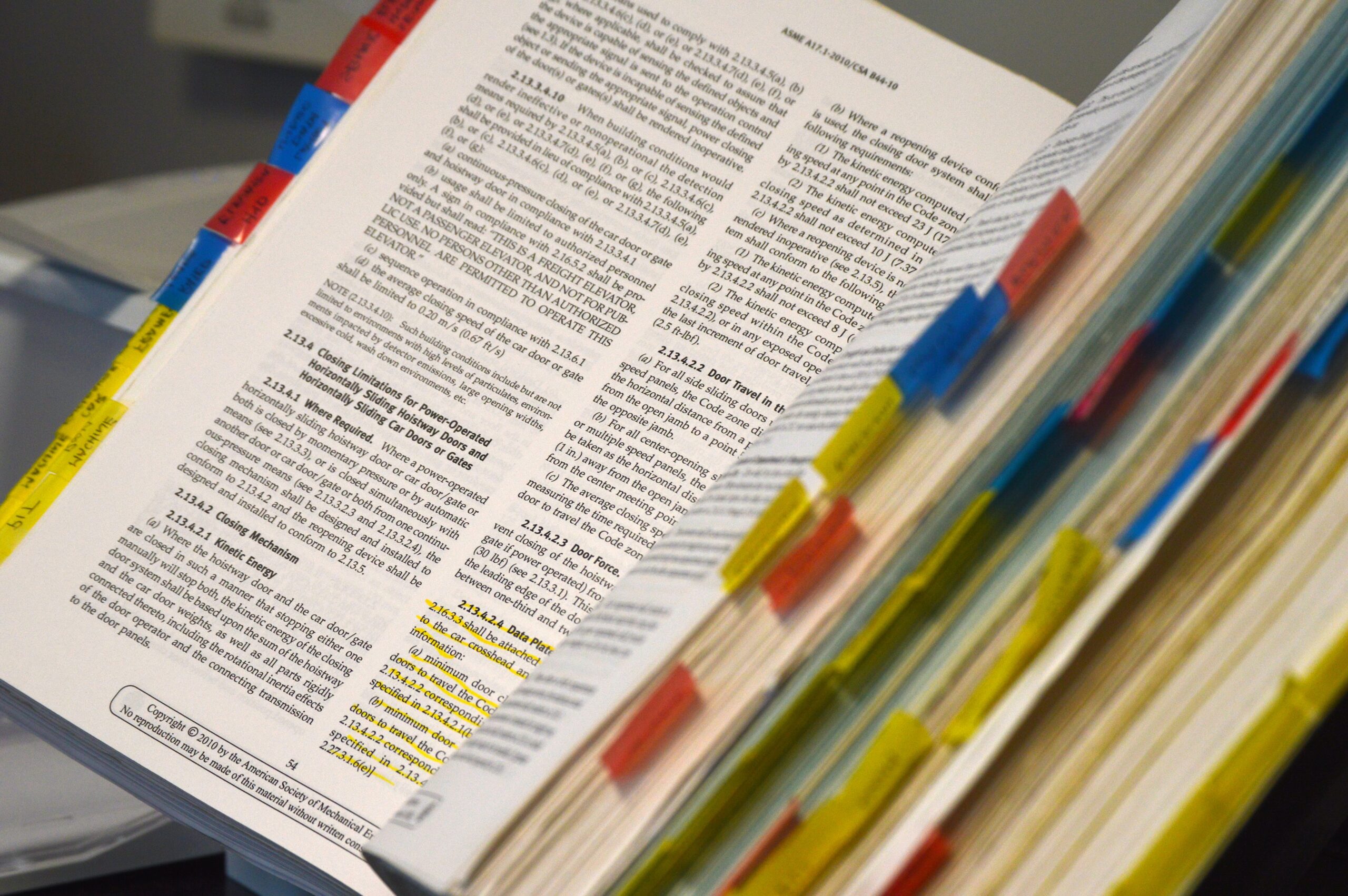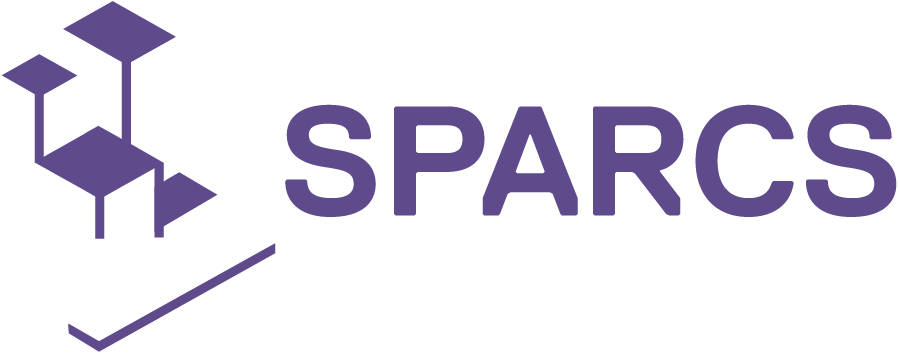New ways of managing energy data? Leipziger Stadtwerke tests blockchain technology
Digitalisation and the energy transition go hand in hand. The switch to regenerative sources leads on the one hand to an increasing decentralisation of energy production. At the same time we observe – key words: smart home, smart city, smart company, electric mobility – the progressive networking and automation of all areas of life, including the energy industry itself. The result of both trends: more and more data, which are accumulating in more and more places. How can you network and manage them securely and efficiently? Can energy suppliers and users possibly benefit from blockchain technology? This is what Leipziger Stadtwerke investigated as part of the SPARCS sub-project for developing virtual energy communities.
In order to manage data on energy transactions, mostly conventional databases have been used so far. On the one hand, they are simple and practical, but they also harbour risks that cannot be underestimated: what if the central memory and control unit fails or is hacked? The stored data can also be forged, manipulated or misused – even internally. Since the reliable supply of energy and heat is absolutely essential for the smooth functioning of economy and society, energy suppliers such as Leipziger Stadtwerke naturally have a great interest in putting the management of the resulting data volumes on safe and tamper-proof feet.
In the search for possible alternatives, Leipziger Stadtwerke came across blockchain technology, which is, for example, the basis of the digital currency “Bitcoin”. Blockchain-based solutions are characterised on the one hand by the individually adaptable decentralised consensus finding, on the other hand they communicate exclusively on an encrypted basis. This guarantees maximum transparency, consistency and tampering security. But is blockchain technology really suitable for applications in the energy industry? How does it work in the field of energy data management? These questions were at the centre of the open-ended feasibility study which Leipziger Stadtwerke carried out as part of the SPARCS sub-project on the development of virtual energy types.
In concrete terms, the aim was to organise the communication within a network of energy producers and consumers in such a way that data on the currently required, produced and available energy quantities in the network can be exchanged quickly, safely and transparently. This is the only way to control and regulate the energy flows at any time meeting the requirements of the grid and of the consumers. For this purpose, Leipziger Stadtwerke set up a test network which simulated the exchange of energy and data between fictitious partners as an application. It consisted of four components per consumer:
- The power supply is connected via an intelligent measuring system.
- The digital access to the blockchain network is via the L-Box, a central smart home module of Leipziger Stadtwerke, in which the data of all devices connected in the household converge.
- A control interface between the data network and the energy network switches the intelligent sockets integrated into the network off and on, depending on the network load.
- The devices connected to these sockets act as switch-on or switch-off consumers.
This network ran in test mode for two months. The results showed that the challenges associated with blockchain technology and its possible use in the energy sector are manifold. The project group of Leipziger Stadtwerke gained valuable experience and insights connected with this, which are now being incorporated into an overall evaluation.

